
 Products Center
Products Center
 Stone Crusher
Stone Crusher
 Grinding Mill
Grinding Mill
 Optional Equipment
Optional Equipment
 Mobile Crusher
Mobile Crusher
 Knowledge Hall
Knowledge Hall
 Crushers FAQ
Crushers FAQ
 Grinding Mills FAQ
Grinding Mills FAQ
 Mining Equipments
Mining Equipments
 Solution
Solution
 Stone Crushing
Stone Crushing
 Sand Making
Sand Making
 Ore Processing
Ore Processing
 Grinding Plant
Grinding Plant
 Construction Building Material
Construction Building Material
combination in minerals nonmetal

Nonmetal - Wikipedia, the free encyclopedia
In chemistry, a nonmetal or non-metal is a chemical element that mostly lacks metallic attributes. Physically, nonmetals tend to be highly volatile (easily vaporised ...
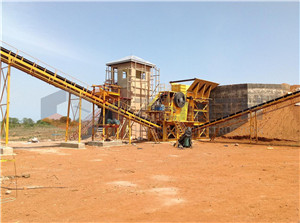
nonmetal - definition of nonmetal by The Free …
non·met·al (n n-m t l) n. Any of a number of elements, such as oxygen or sulfur, that lack the physical and chemical properties of metals. nonmetal (nɒnˈmɛtəl)

Health Standards for Occupational Noise …
Federal enforcement agency responsible for the health and safety of the nation's miners.

Amethyst Galleries - The Gemstone Minerals
Amethyst Galleries' Mineral Gallery "The First Internet Rock Shop!" THE GEMSTONES "The Flowers of the Mineral Kingdom"

Mineral - Wikipedia, the free encyclopedia
Minerals are not equivalent to rocks. Whereas a mineral is a naturally occurring usually solid substance, stable at room temperature, representable by a chemical ...

nonmetal Facts, information, pictures | …
nonmetal chemical element possessing certain properties by which it is distinguished from a metal . In general, this distinction is drawn on...
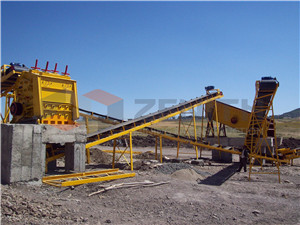
Minerals - Brevard College
What are Minerals? Minerals are, literally, the building blocks of rocks. Most rocks contain combinations of several minerals but some are monomineralic, having only ...
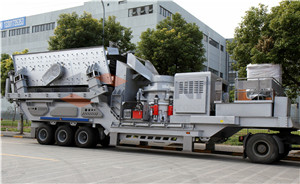
Bauxite and Alumina - USGS
BAUXITE AND ALUMINA—2000 11.3 Consumption Bauxite.—Total domestic consumption of bauxite decreased by about 9% compared with that of 1999. Most of …

Chemistry for Kids: Elements - Oxygen - Ducksters
Kids learn about the element oxygen and its chemistry including atomic weight, atom, uses, sources, name, and discovery. Plus properties and characteristics of oxygen.
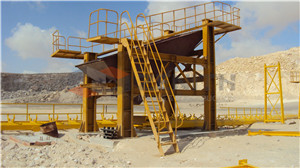
Minerals Facts, information, pictures | …
MINERALS CONCEPT. A mineral is a naturally occurring, typically inorganic substance with a specific chemical composition and structure. An unknown mineral usually can ...

Every American Born Will Need . . . - Kennecott Utah Copper
mii Baby, 2007 Mineral Information Institute Nelson Fugate, 303/277-9190 Page 4 Annual Per Capita History (in pounds) Annual consumption of minerals divided ...

Graphite - USGS
35.4 U.S. GEOLOGICAL SURVEY MINERALS YEARBOOK—2000 Services Ltd., 1998). Industry trends that appear to be common to advances in graphite technology and …

Wyoming Statutes
TITLE 30 - MINES AND MINERALS. CHAPTER 1 - GENERAL PROVISIONS. 30-1-101. Recording mining claims required; requisites of certificate. (a) A discoverer of any …

MSHA Fact Sheets - Injury Trends in Mining
Since the earliest days of mining, the job of digging coal and other useful minerals out of the earth has been considered one of the world's most dangerous occupations.

The Mineral Gallery - Native Elements Class
The Elements (which include over one hundred known minerals) are a diverse class when taken as a whole. Most of this diversity, however, is due to the diversity of ...

10(d) Composition of Rocks - Physical Geography
Most rocks are composed of minerals. Minerals are defined by geologists as naturally occurring inorganic solids ...

rock: Definition, Synonyms from Answers
rock n. Relatively hard, naturally formed mineral or petrified matter; stone. A relatively small piece or fragment of such material

Metals, Nonmetals, & Metalloids - Windows to …
The periodic table on the left separates elements into three groups: the metals (green in the table), nonmetals (orange), and metalloids (blue). Most elements are metals

Element, Chemical - humans, body, used, water, …
Natural and synthetic elements Ninety-two chemical elements occur naturally on Earth. The others have been made synthetically or artificially in a laboratory.

Every American Born Will Need . . . - Kennecott Utah Copper
mii Baby, 2007 Mineral Information Institute Nelson Fugate, 303/277-9190 Page 4 Annual Per Capita History (in pounds) Annual consumption of minerals divided ...

Graphite - USGS
35.4 U.S. GEOLOGICAL SURVEY MINERALS YEARBOOK—2000 Services Ltd., 1998). Industry trends that appear to be common to advances in graphite technology and …

Wyoming Statutes
TITLE 30 - MINES AND MINERALS. CHAPTER 1 - GENERAL PROVISIONS. 30-1-101. Recording mining claims required; requisites of certificate. (a) A discoverer of any …

MSHA Fact Sheets - Injury Trends in Mining
Since the earliest days of mining, the job of digging coal and other useful minerals out of the earth has been considered one of the world's most dangerous occupations.

The Mineral Gallery - Native Elements Class
The Elements (which include over one hundred known minerals) are a diverse class when taken as a whole. Most of this diversity, however, is due to the diversity of ...

10(d) Composition of Rocks - Physical Geography
Most rocks are composed of minerals. Minerals are defined by geologists as naturally occurring inorganic solids ...

rock: Definition, Synonyms from Answers
rock n. Relatively hard, naturally formed mineral or petrified matter; stone. A relatively small piece or fragment of such material

Metals, Nonmetals, & Metalloids - Windows to …
The periodic table on the left separates elements into three groups: the metals (green in the table), nonmetals (orange), and metalloids (blue). Most elements are metals
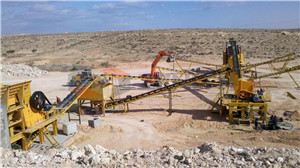
Element, Chemical - humans, body, used, water, …
Natural and synthetic elements Ninety-two chemical elements occur naturally on Earth. The others have been made synthetically or artificially in a laboratory.
- Last Product: coal mine in assam
- Next Product: american mining consumable products supplies
RD Equipments
- coal mines in afghanistan
- bauxite mining in ghana
- high resolution mining equipment pictures
- coal mining wow wotlk
- the effect on towns which are compensated by mining company to re settle
- bollore mining in zambia
- shanghai zenith mining and construction
- mine car models specification tables
- rail mining car equipment
- sumitomo pogo mine ball mills